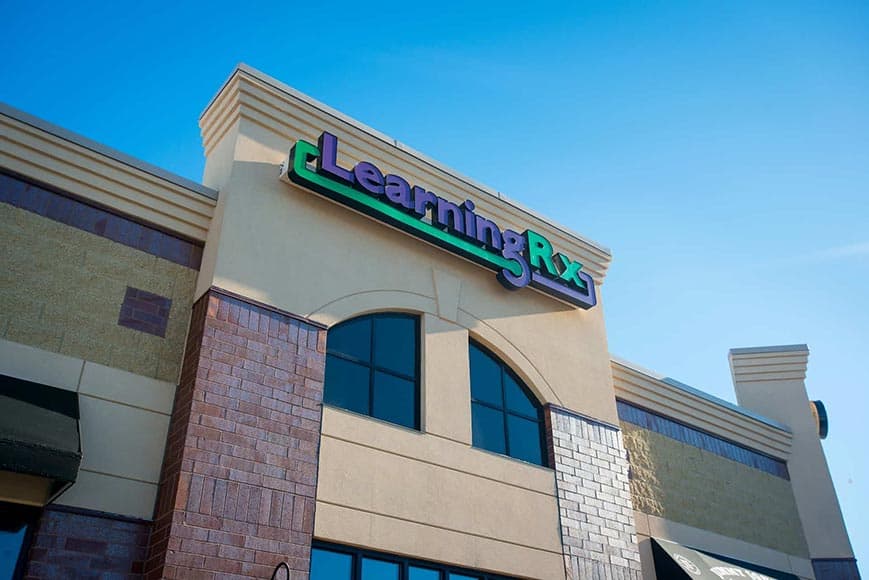What You May Not Know About Learning Styles
For years, the concept of “learning styles” has been widely discussed and applied in educational settings. However, recent research suggests that there may be more to this topic than meets the eye. In this blog post, we’ll delve into the concept of learning styles and explore why accommodating them might not always be the most effective approach for your child’s long-term learning journey. Rather than over-emphasizing learning styles, there’s an important underlying factor that is more likely to set your child up for learning success in any context.
Your Child’s Learning Style Actually Points to Relative Weaknesses
Learning styles, such as visual, auditory, or kinesthetic, have been popularized as a way to tailor teaching methods to individual preferences. However, recent studies have shown that relying solely on a single learning style can potentially hinder overall cognitive development.
When a child primarily engages with material through their preferred style, they might not develop the skills needed to process information in alternative ways. This can lead to difficulties when faced with different learning environments or subjects that require a varied approach.
You may think that if your child is a “visual learner,” they have strong visual processing skills. It seems counterintuitive, but the opposite is actually true.
Kids who rely on visual aids are not able to mentally create images in their mind to match the content they’re learning. They actually have to replace this normal visualization process with external visual stimuli, which points to significant weakness in this key area.
The same holds true for auditory, reading/writing, or kinesthetic learners. If their brain can only process information in one way, they likely have relative weaknesses related to those styles that show their brain is unable to process information efficiently.
Accommodating Learning Styles May Actually Be a Disservice Long-Term
While it’s essential to acknowledge a child’s learning preferences in the short term, exclusively accommodating these preferences may inadvertently limit their learning potential. By overemphasizing one style, we risk neglecting the development of other critical cognitive skills.
For example, a child who predominantly learns visually may struggle with auditory-based subjects or tasks, creating potential obstacles in their academic journey. If they rely on visual learning aids, they may struggle significantly when they reach subjects and grade levels where this kind of accommodation is impossible.
Instead of relying on accommodations and learning styles, there’s a more helpful approach to set your child up for successful learning in ALL situations and contexts…
There’s an Alternative to Learning Styles That Actually Helps Your Child Learn Better in Any Context
Rather than focusing on learning styles, it’s helpful to look at your child’s cognitive skills. This is the set of skills your brain uses to think, learn, and process the world. These include skills like working memory, attention, visual processing, logic, processing speed, auditory processing, and long term memory.
Rather than applying broad learning styles labels, it’s helpful to consider each child’s individual cognitive skills profile to determine WHY they struggle or thrive in specific learning environments.
Isn’t your goal as a parent or educator to ignite a love for learning and make learning accessible to all students? Instead of modifying content, it’s helpful to look at the way the brain works in each individual student. Once you know a learner’s cognitive strengths and weaknesses, you can address their weak points by targeting them to help unlock easier learning—for life!
Click here to read more about brain training & the results we’ve had for struggling learners >>







